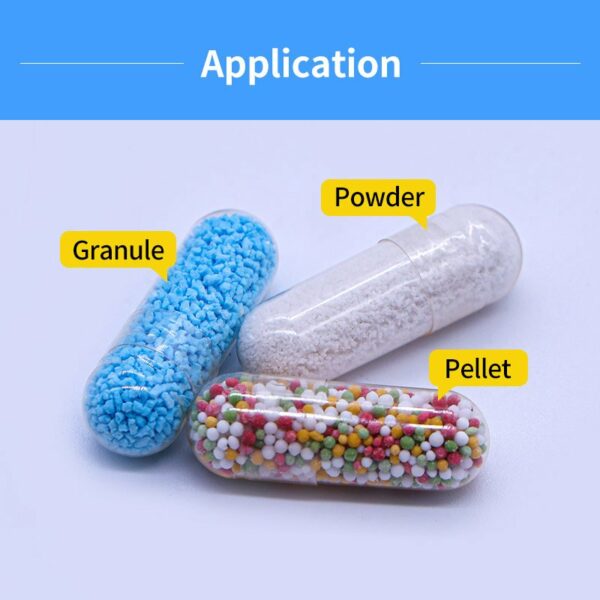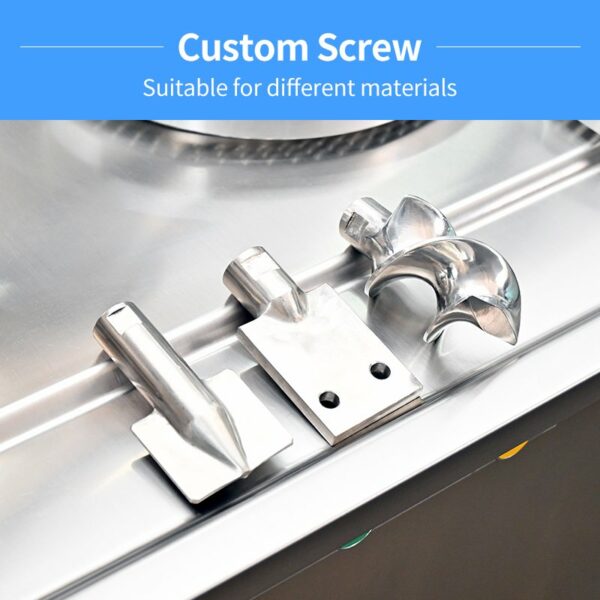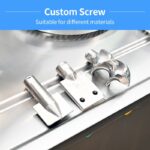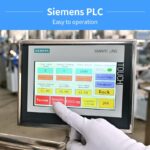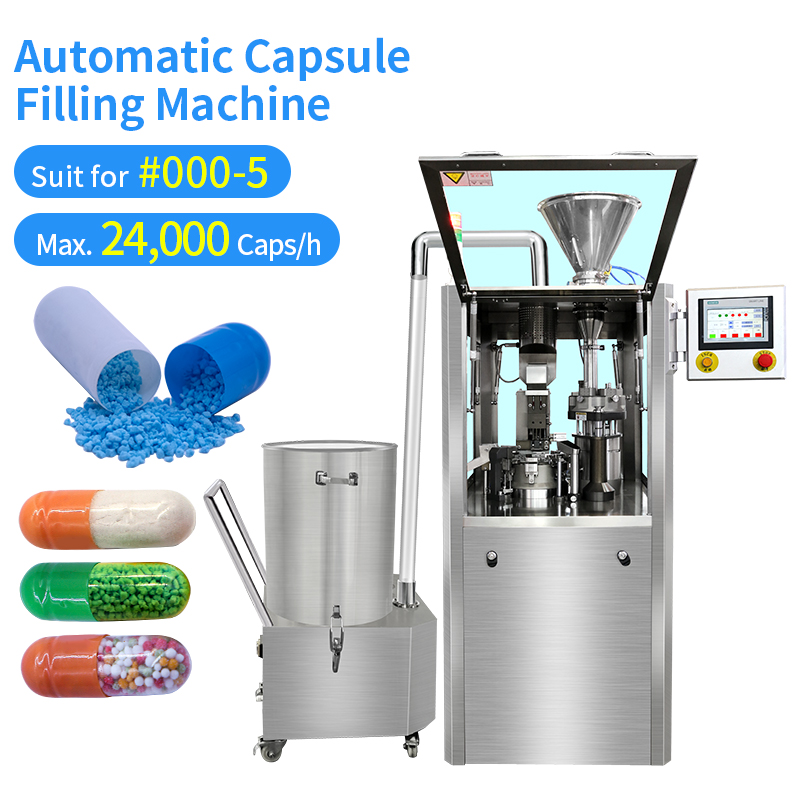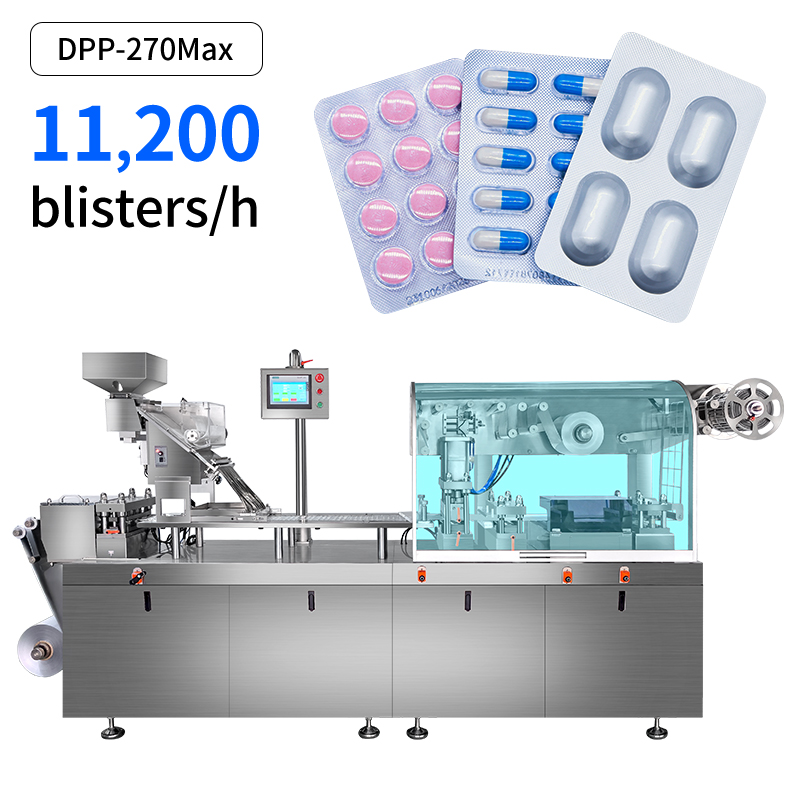The standard operating procedure (SOP) for cleaning and maintenance of capsule filling machines is divided into three parts: daily cleaning, deep cleaning, and regular maintenance to ensure compliance with cGMP requirements and extend the life of the equipment:
1. Daily cleaning (after each shift or batch)
1)Preparation
Shutdown and power off: Turn off the power and hang a “cleaning” sign.
Personal protection: Wear cleaning clothes, gloves, and goggles.
Cleaning tools: Fiber-free wipes, nylon brushes, GMP-grade neutral detergent, 75% ethanol or isopropyl alcohol, vacuum cleaner (explosion-proof, for powder residue)
2)Dismantle removable parts
Remove the capsule hopper, dosage disk, punch module, mold and other parts that contact the material (refer to the equipment manual).
3)Surface cleaning
Powder residue removal: Use a vacuum cleaner to remove powder inside and outside the equipment, and avoid compressed air blowing (to prevent cross contamination).
Wipe: Wipe the machine housing, conveyor belt, and control panel with a damp (detergent) cloth (to avoid liquid from penetrating into the circuit). Disinfect contact parts (such as molds and guide rails) with alcohol.
4)Parts cleaning
Immersion cleaning: Put the removed parts into a special container, soak them in warm water and detergent for 10 minutes, and clean the grooves with a soft brush.
Rinse and dry: Rinse with purified water 3 times, place in a clean drying oven or blow dry with sterile compressed air.
5)Inspection and installation
Visual inspection: Confirm that there is no residue, rust or wear (if the punch is deformed, it needs to be replaced).
Reinstall: Reinstall according to the manual requirements, and manually test whether it is smooth.
2. Deep cleaning (weekly or when changing products)
1)Complete disassembly
Disassemble all molds, seals, sensors, etc. (the supplier needs to provide a disassembly guide).
2)Ultrasonic cleaning (optional)
Precision parts (such as punches) are placed in an ultrasonic cleaner (frequency 40kHz, purified water + 5% ethanol, 10 minutes).
3)Lubrication and rust prevention
Lubrication points: Use food-grade white oil to lubricate guides and bearings (such as Shell Gadus S2 V220).
Rust prevention: Apply a thin layer of silicone oil (such as Dow Corning 556) to stainless steel parts.
4)Disinfection
The contact surface is fumigated with 0.1% Sanitaryl or VHP (vaporized hydrogen peroxide) (applicable to highly active drug equipment).
3. Regular maintenance (monthly or quarterly)
1)Mechanical parts inspection
Punch and die: Use a micrometer to measure the punch length tolerance (±0.05mm) and replace worn parts.
Transmission system: Check the belt/chain tension and gear oil condition (such as Mobilgear 600 XP).
2)Electrical system inspection
Sensor sensitivity test (such as capsule missing detector).
Ground resistance test (≤4Ω, anti-static).
3)Performance verification
Filling accuracy: After running the empty machine, produce 5 batches and take samples to detect weight differences (RSD≤3%).
Capsule locking rate: Randomly select 100 capsules and check for damage or non-locking (qualified standard ≥98%).
Notes
Do not use water guns to rinse: avoid short circuits or water intrusion into bearings.
Tool-specific: Cleaning tools for different product lines must be stored separately (to prevent cross contamination).
Microbial monitoring: Perform microbial wipe tests on the surface of the equipment regularly (≤50 CFU/25cm²).

